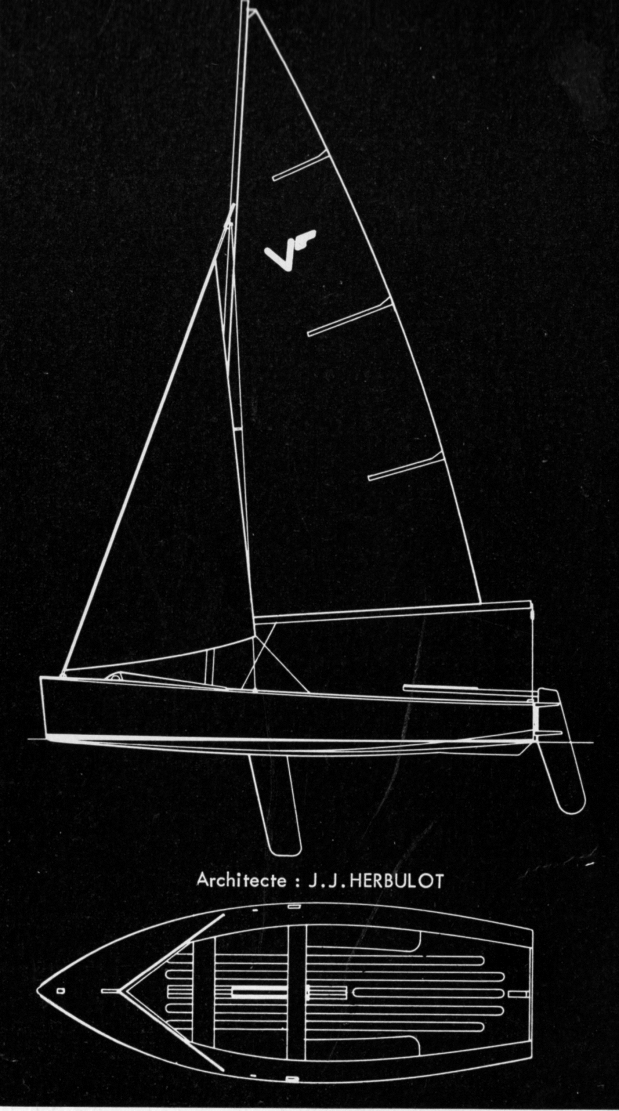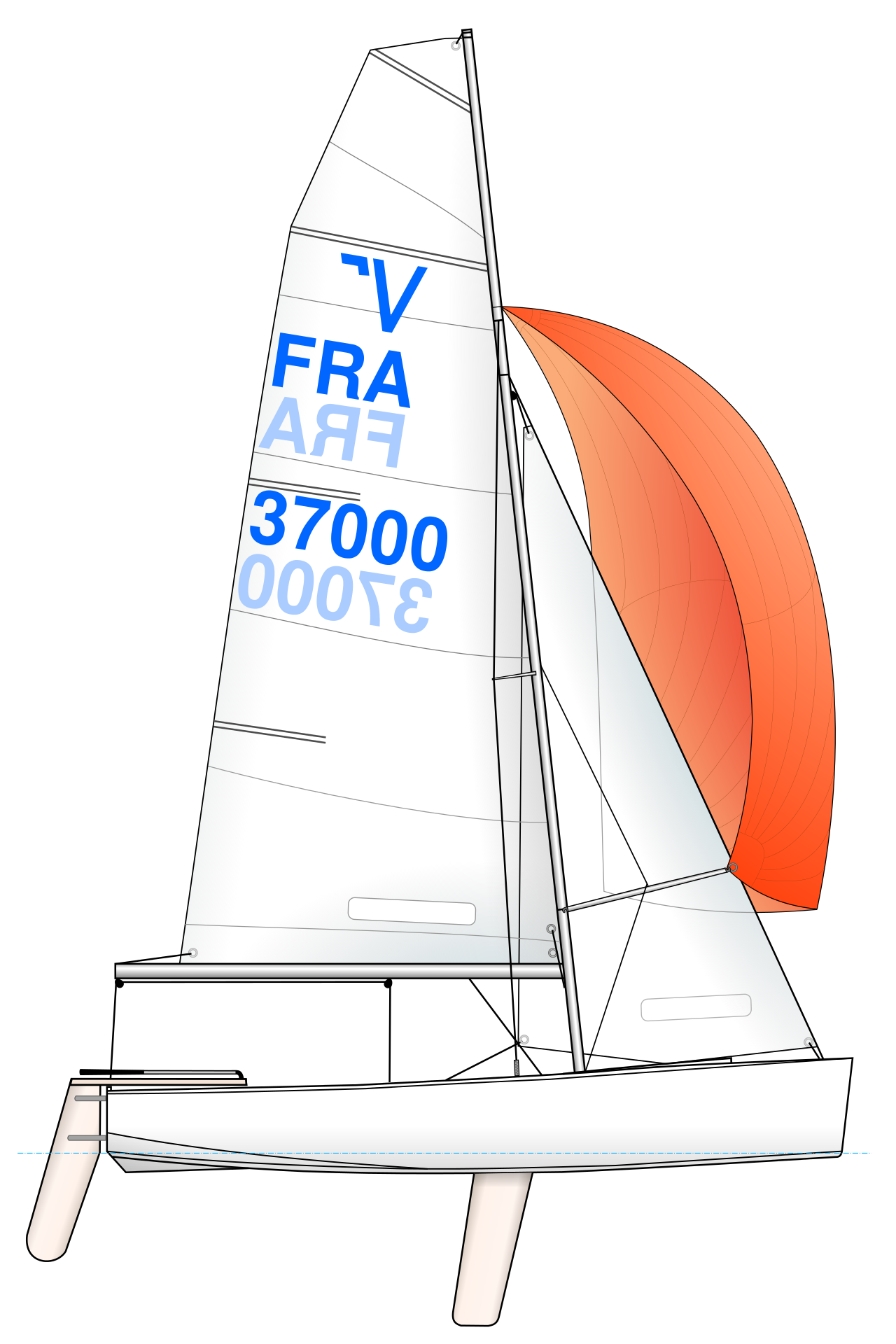LoonyGryphon
New Member
Sorry for the extra post. Doug from Improper Course has a picture of all three rigs, and I thought I might share them.
All sorts of pretty colours
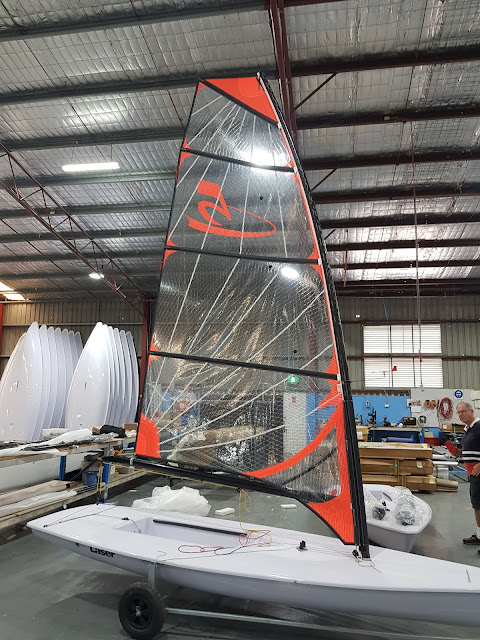
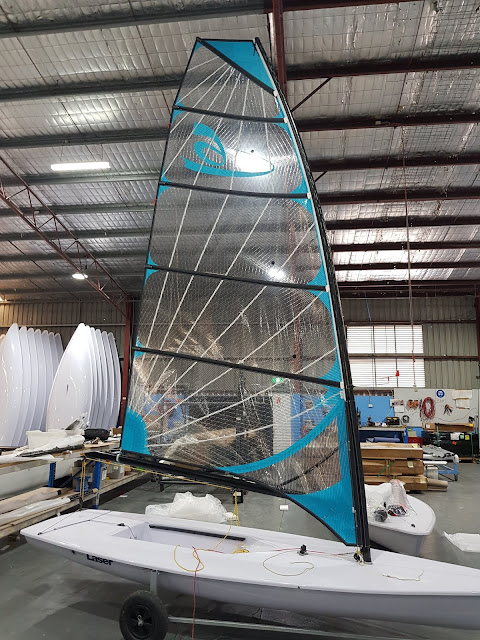
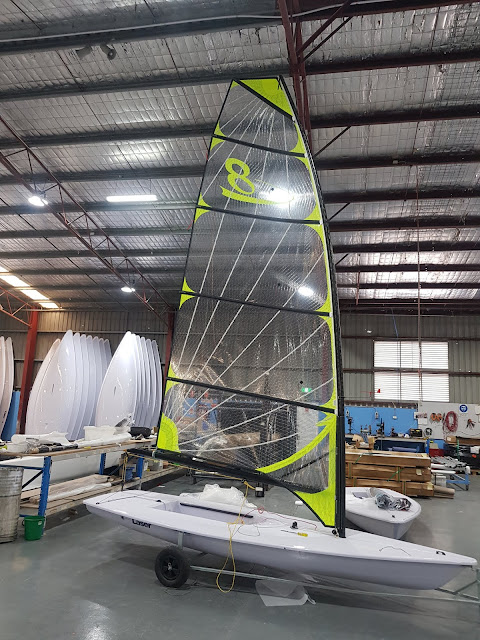
Doug's message is as follows:
This year, the Laser is 50 years old. It's truly amazing how well Bruce Kirby's design and Ian Bruce's production techniques have stood the test of time. But change is inevitable and the Mark II sail was an attempt to extend the life of Bruce's original design.
This year we'll see the introduction of brand new carbon rigs that will extend the life of the class. There are several firms working on different designs, the following are by far the best we have seen. Watch this space for pricing and availability.
Italics are mine. Source: Improper Course
Improper Course has a good relationship with Bethwaite, and they were also the first to upload the C5 clip, so Doug's info is pretty accurate.
Any thoughts?
EDIT: In a comment, Doug says the rigs are the result of 29er and 49er research. Good or bad?
All sorts of pretty colours




Doug's message is as follows:
This year, the Laser is 50 years old. It's truly amazing how well Bruce Kirby's design and Ian Bruce's production techniques have stood the test of time. But change is inevitable and the Mark II sail was an attempt to extend the life of Bruce's original design.
This year we'll see the introduction of brand new carbon rigs that will extend the life of the class. There are several firms working on different designs, the following are by far the best we have seen. Watch this space for pricing and availability.
Italics are mine. Source: Improper Course
Improper Course has a good relationship with Bethwaite, and they were also the first to upload the C5 clip, so Doug's info is pretty accurate.
Any thoughts?
EDIT: In a comment, Doug says the rigs are the result of 29er and 49er research. Good or bad?
Last edited:


